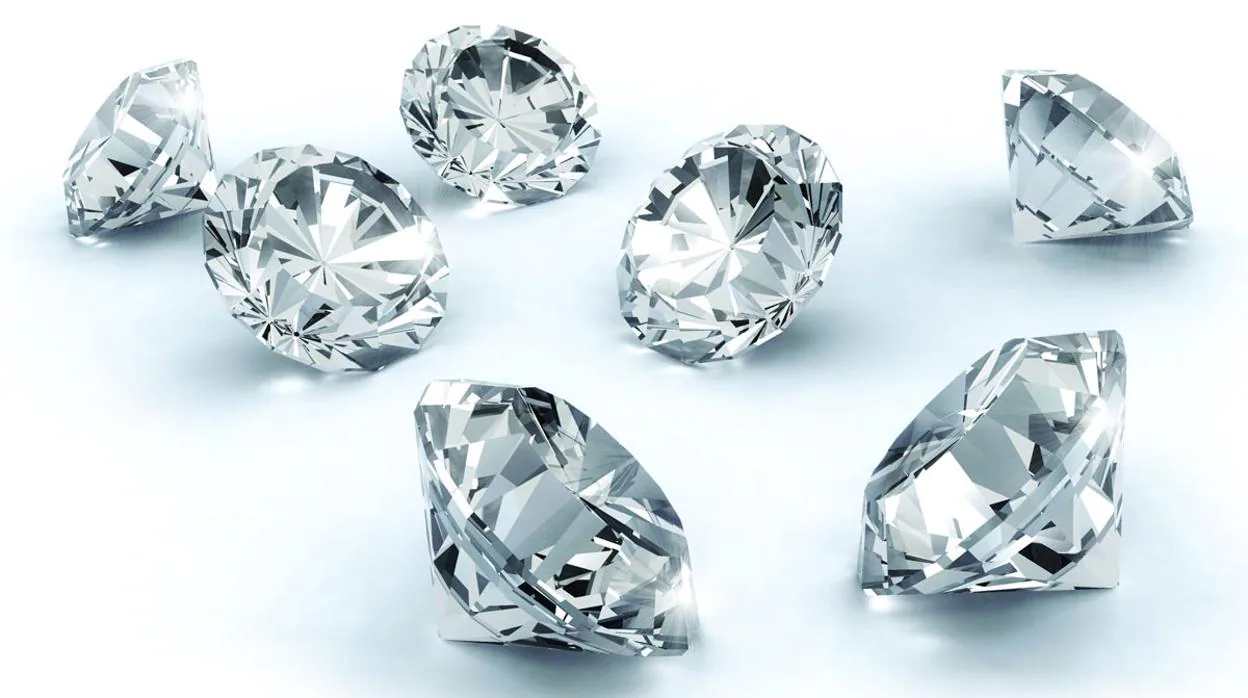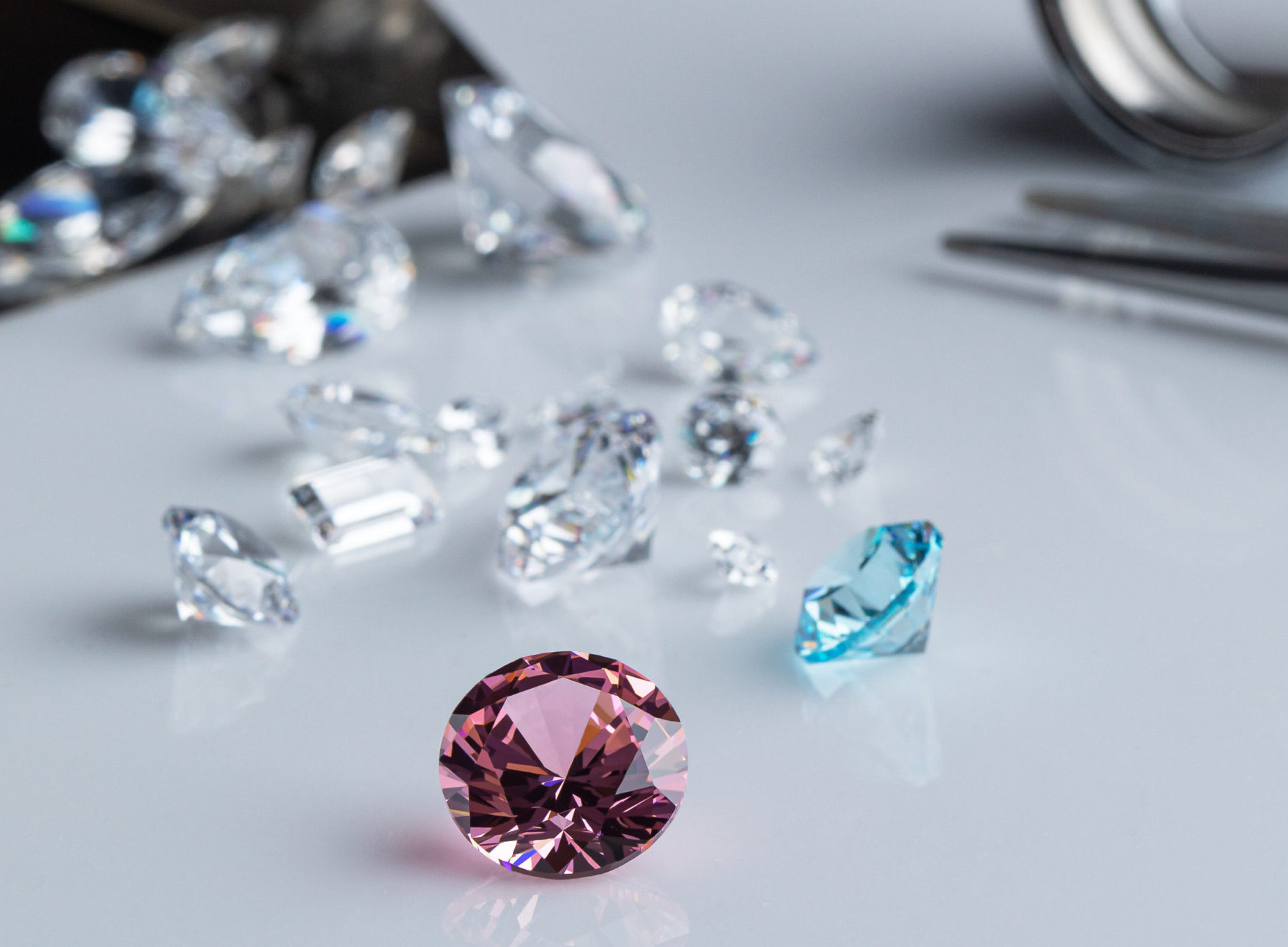1. Introduction to Diamonds
1.1 What is a Diamond?
Diamonds are more than just a girl#8217;s best friend; they#8217;re a marvel of nature. Formed deep within the Earth under extreme pressure and temperature, diamonds are crystallized carbon. Their unique structure makes them the hardest natural substance known to man. That’s right, they’re not just pretty— they’re practically unbreakable!
1.2 Why Diamonds Matter
Diamonds have captured human imagination for centuries. Beyond their stunning sparkle, diamonds symbolize durability and timelessness. They’re often chosen for engagement rings and other special occasions as a mark of eternal love and commitment.
2. Understanding the 4 Cs
When it comes to diamonds, there are four critical factors that determine their quality: Cut, Color, Clarity, and Carat weight—collectively known as the 4 Cs. Understanding these can make a significant difference in your purchasing decision.
2.1 Cut
The Consejos sobre diamantes refers to how well it has been shaped and faceted. It’s not just about the shape, but also how the facets interact with light. A well-cut diamond will sparkle brilliantly, while a poorly cut one can appear dull. The cut impacts how a diamond catches and reflects light, making it a crucial aspect of its beauty.
2.2 Color
Diamonds come in a range of colors, from completely colorless to shades of yellow and brown. The more colorless a diamond is, the higher its value. The color grade ranges from D (colorless) to Z (light yellow or brown). For a truly dazzling look, aim for diamonds in the D-F range.
2.3 Clarity
Clarity measures the internal and external flaws of a diamond. These imperfections, known as inclusions (internal) and blemishes (external), can affect how light passes through the stone. Diamonds with fewer or no visible inclusions or blemishes are more valuable. Clarity is graded from Flawless (no imperfections visible under 10x magnification) to Included (inclusions visible to the naked eye).
2.4 Carat Weight
Carat weight indicates how much a diamond weighs. Larger diamonds are rarer and typically more valuable. However, carat weight alone doesn’t determine a diamond#8217;s quality. A smaller diamond with excellent cut, color, and clarity can be more beautiful than a larger one with lower grades in these areas.
3. Choosing the Right Diamond
Selecting the perfect diamond involves more than just choosing the one that sparkles the most. Here are some tips to help guide you through the process.
3.1 Setting Your Budget
Before you start shopping, set a realistic budget. It’s easy to get carried away by the sparkle, but knowing your limits will help you make a smart purchase. Diamonds come in a wide price range, and understanding your budget will help narrow down your options.
3.2 Selecting the Shape
Diamonds come in various shapes like round, princess, oval, and more. The shape you choose will influence the overall look of the jewelry. Round is the most classic and popular shape, but other shapes like the princess cut or pear shape offer unique styles that might better suit your taste.
3.3 Choosing a Reliable Jeweler
Not all jewelers are created equal. Choose a reputable jeweler who provides detailed information about the diamond’s quality and certification. A trusted jeweler will offer transparency and ensure you’re getting a genuine product.
4. Diamond Certification
4.1 What is Certification?
Certification is an official document provided by gemological laboratories that details the specific qualities of a diamond, including the 4 Cs. It serves as a guarantee of the diamond’s authenticity and quality.
4.2 Popular Certification Labs
Look for diamonds certified by well-known labs like the Gemological Institute of America (GIA), the International Gemological Institute (IGI), or the American Gem Society (AGS). These certifications ensure you’re getting a diamond that has been evaluated by experts.
5. Diamond Care and Maintenance
To keep your diamond looking as brilliant as the day you bought it, proper care and maintenance are essential.
5.1 Cleaning Your Diamond
Diamonds can accumulate dirt and oils, which can dull their sparkle. Clean your diamond regularly using a mild soap solution and a soft brush. Avoid harsh chemicals or ultrasonic cleaners that can damage the setting.
5.2 Storing Your Diamond
When not in use, store your diamond in a soft cloth or jewelry box to prevent scratches. Keep it separate from other jewelry to avoid contact that might cause damage.
6. Common Diamond Myths
There are plenty of myths about diamonds that can lead to confusion. Let’s debunk some of the most common ones.
6.1 Are Diamonds Forever?
While diamonds are incredibly durable, they are not completely indestructible. They can chip or crack under extreme conditions. However, their lasting beauty makes them a symbol of enduring value.
6.2 The Bigger the Better?
Not necessarily. Bigger diamonds might seem more impressive, but their value is not solely based on size. A smaller diamond with superior cut, color, man made diamonds, and clarity can be more valuable and beautiful than a larger diamond with lower grades in these areas.
7. Conclusion
Navigating the world of diamonds can feel overwhelming, but with the right knowledge, you can make an informed and satisfying choice. From understanding the 4 Cs to choosing the right jeweler, every step in the process is crucial to finding a diamond that will be treasured for years to come.




